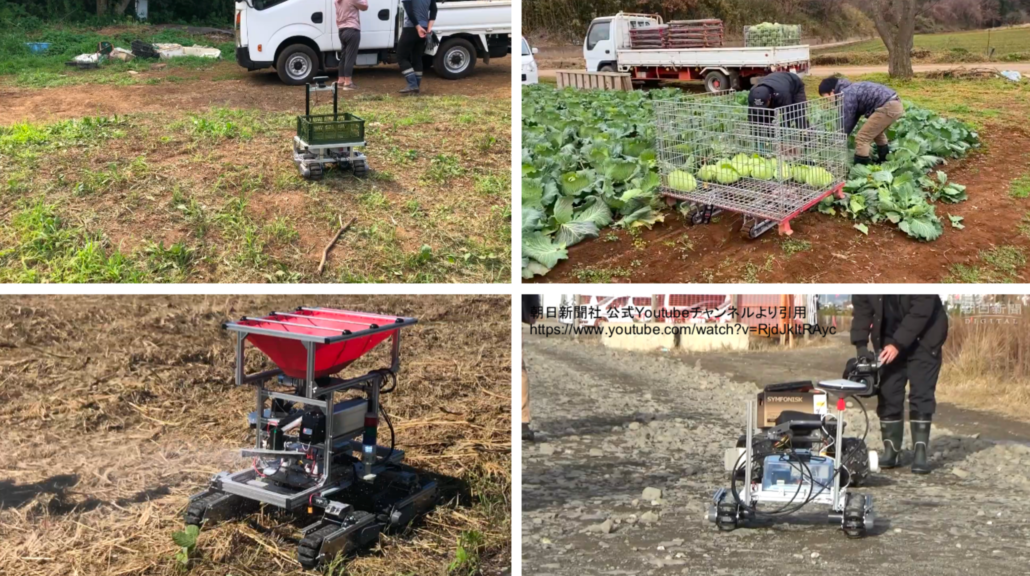
How to build rugged robotics systems for tough environments?
When it comes to developing robotics systems for challenging environments, ruggedness is key. Whether it’s high heat, extreme cold, moisture, dust, or vibration, these systems need to be able to withstand it all. In this article, we will discuss the best practices for building rugged robotics systems that can thrive in tough conditions.
Materials
The first step in creating a rugged robotics system is choosing the right materials. You will want to use materials that are durable and can withstand the environment in which the robot will be operating. For example, using materials like aluminum or stainless steel can help protect the system from corrosion and rust. Additionally, using materials that are impact-resistant can help prevent damage from bumps and falls.
Design
The design of the robotics system is also crucial when it comes to ruggedness. You will want to create a design that is compact and robust, with components that are securely fastened. This will help prevent any loose parts from breaking off or getting damaged during operation. Additionally, designing the system with a sealed enclosure can help protect it from dust and moisture.
Testing
Once you have built your rugged robotics system, it is important to thoroughly test it before putting it into operation. Testing should include subjecting the system to extreme temperatures, humidity levels, vibrations, and impacts to ensure that it can withstand tough conditions. Additionally, testing the system under real-world conditions can help identify any potential weaknesses that need to be addressed.
Maintenance
Regular maintenance is essential for keeping a rugged robotics system in top condition. This includes regularly cleaning the system to remove any dust or debris that could cause damage, as well as inspecting for any loose or damaged components. Additionally, lubricating moving parts can help prevent wear and tear, extending the lifespan of the system.
Conclusion
Building rugged robotics systems for tough environments requires careful consideration of materials, design, testing, and maintenance. By following the best practices outlined in this article, you can create a system that is durable, reliable, and long-lasting. Remember, ruggedness is not just about surviving tough conditions – it’s about thriving in them.
Was this helpful?
0 / 0